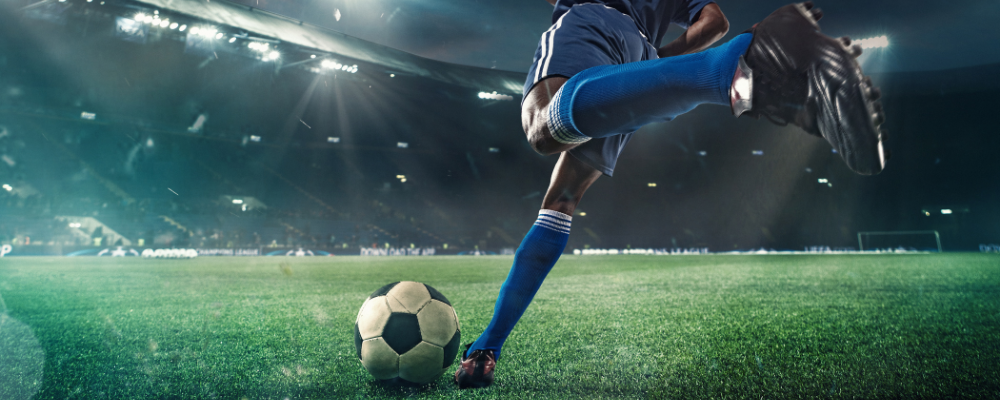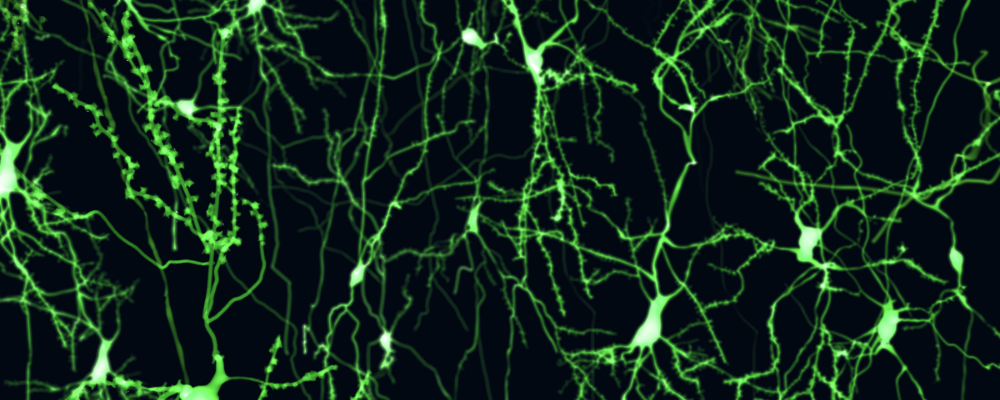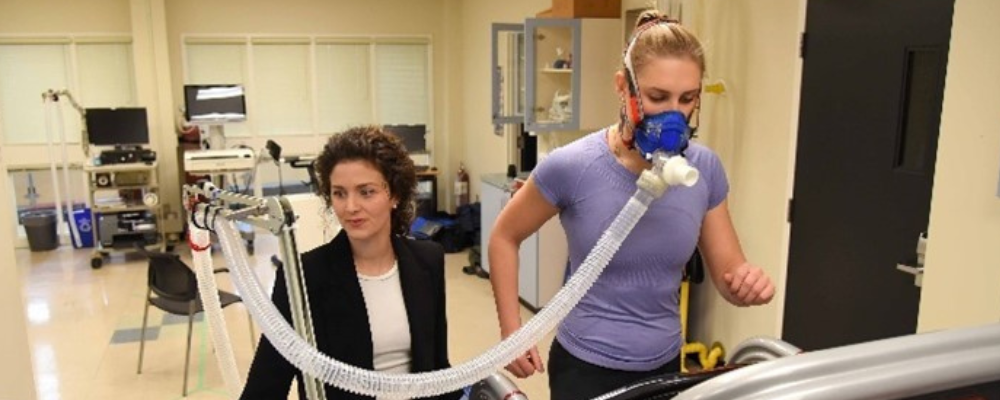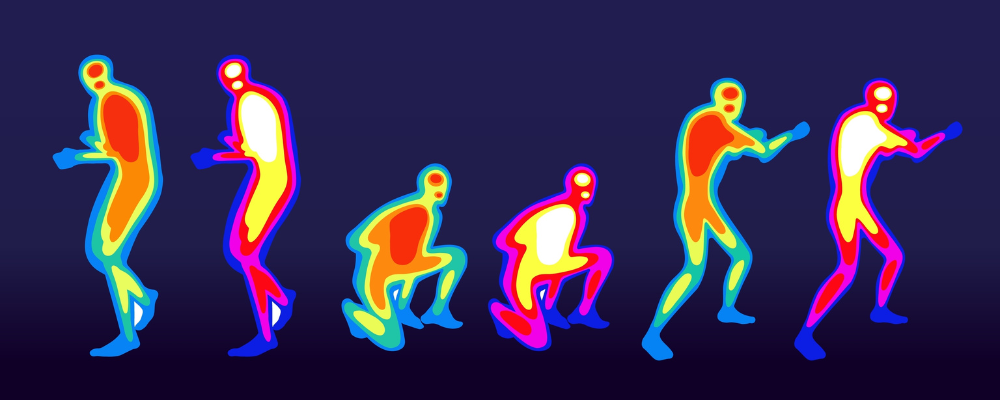
The benefits of training and hard work
Kevin John, University of Canberra, Australia
Member of the Physiology News advisory group
Although a career as a professional footballer wasn’t on the cards for Kevin John, applying the same key principles of hard work and training to his research and writing skills, led to winning Physiological Reports Early Career Researchers Short Review competition on “The Future of Physiological Research”.
Kevin talks to us about sport science, hot pants, and exercise mimetics. The latter two were the focus of his award-winning review on the translational importance of heated garments and the health benefits.
Our careers tend not to follow one neatly pre-planned linear route. For many of us, we’ll work through the unexpected forks, twists and turns, possibly climb over a few barriers too. Career paths came up during our conversation with Kevin John (University of Canberra, Australia), an early career researcher who won the Physiological Reports Short Review competition (Predoctoral Category) for his paper, ‘Hot pants: The emerging field of exercise mimetics, from hospital beds to the international space station’.

Sporting performance
As a child Kevin had his heart set on playing football professionally. When that track closed, he adjusted his dream to be a sport scientist working for a top football club. When the Covid-19 pandemic hit, a research project was stalled. It was during this time on the bench that Kevin was presented with an opportunity to work on a heat therapy project, “That was the turning point where I thought I may enjoy physiology more than working in sport performance science, and gave up on the dream of running after star athletes”.
Kevin was born and educated in India up until his sixth form years, where his family still resides. When his footballing dreams had come to an end, he decided to look for Universities abroad as he wanted to replace an existing passion with another one rather than follow the textbook Indian higher-education playbook of medicine or engineering. Choosing a subject area wasn’t difficult, in school Kevin always had an aptitude for biology, hence, Sports and Exercise science was a natural educational progression.
After his undergrad, he ended up working at an Olympic school training facility for children in South Korea. “My CV was adequate for performance science job roles, however, the major issue was me being an international student. This is not favoured by UK-based employers as they would have to cover my work visa fees, nor is sport science viewed as a national priority,” admits Kevin, sharing the difficulties of the job hunt in the UK. The position in South Korea was great from a financial standpoint but was lacking in future career prospects and development. It did however make him more determined to work his way up to a career in high-performance sport. He went back into education to gain a masters, thinking it could enhance his job prospects to find work in the sport performance science field.
Heated garments
Seeking projects with his undergrad dissertation supervisor, Professor Liam Kilduff (Swansea University) who was up to his supervisory limit, directed Kevin to his colleague Associate Professor Mark Waldron (Swansea University, UK). However, the pandemic halted their research project. It was during the down period that a project on heated garments landed on Mark’s desk in collaboration with Professor Julien Priard from University of Canberra. The project was looking at how heated garments could be used as an ergogenic aid to try and improve aerobic fitness/capacity in recreationally trained individuals.
“The experience was amazing,” Kevin exclaims, “I fell in love with the field of integrative and applied physiology”. His master’s by research project went well, and the “the pieces just fell into place”. Kevin was offered a PhD position at University of Canberra. Since then, he has been researching various aspects of heat stress and its application to the wider population. It is with this experience and training that he wrote his review about the value of heat stress as an exercise mimetic.
Exercise mimetics
“As the term suggests, we’re talking about something mimicking exercise,” explains Kevin, “where you gain the benefits of exercise without doing any physical activity.” Given the current rise in non-communicable diseases, including diabetes and obesity, which are on the rise globally due to sedentary lifestyle and the availability of highly addictive foods. “Exercise mimetics is seen as a wonder drug,” explains Kevin. It can help people living with underlying health comorbidities, disabilities and injuries. He adds, “all this builds a strong case for passive alternative strategies that can replicate or mimic the health benefits of exercise.”
Exercise mimetics has traditionally been defined as a pharmacological, or bioactive, compound that one can consume. It mimics the effects one would see from voluntary exercise, while the person, or animal, is sedentary.
“I thought there are two sides to the story,” says Kevin. He redefined and broadened the term for his review, suggesting: “Exercise mimetics could encompass any passive strategy, whether this be pharmacological, or non-pharmacological, and/or non-invasive, with the aim of artificially replicating the physiological stress experienced during exercise.”
Hot pants
“For my master’s by research project, I used electrically heated garments, aka ‘hot pants’, to repeatedly increase muscle temperature over 20 days.” The approach applies local hyperthermia, where the garments increase peripheral tissue temperature but not core temperature. “We then see if the garment induces certain adaptations that would improve transport and metabolism of oxygen, which can be measured non-invasively during exercise stress test with equipment’s, such as pulmonary gas analysers, ultrasounds and near-infrared spectroscopy. We were also interested to see whether local heating could alter vascular morphology and function, along with the expression of angiogenic markers circulating in the blood.
This project sparked a string of questions: how has heat therapy interventions been used? What are the main applications? What is the physiological evidence? These inspired Kevin’s review on the health benefits of heat applications and the potential interventions.
The benefits of heat therapy
Exercise mimetics, particularly pharmacological interventions, have so far focused on targeting skeletal muscle. “This is where the changes start i.e. human locomotion,” explains Kevin, “the muscles contract to release bioactive compounds or myokines that are transported via blood to all parts of the body, triggering various signalling cascades.” The effects can be beneficial for the entire body.
Research has shown that heat therapy can also have systemic health outcomes, some examples include increased arterial dilation capacity, greater capillarisation and stimulating cellular pathways that boost the number and size of mitochondria.
Clinical potential for heated garments
“Heated garments could have real value in the clinical setting,” says Kevin. During bedrest, patients can experience major skeletal muscle atrophy, weakening of the heart’s cardiac chambers and thickening of the arterial walls. “That’s a lot of deterioration to occur in just two weeks to three weeks of bedrest, which is common for hospital patients who have undergone surgery.”
Most lab work on passive heat therapy, using interventions to raise peripheral or core temperature, has been performed in either a controlled water temperature bath, or a controlled sauna room, or artificial climatic chamber. None of which would work in the sterile hospital setting, due to the size, cost and specialist personnel required for each intervention.
“This is where heated garments could enter the play,” says Kevin, adding, “Technological advances mean that the heating elements can be integrated into clothing. A garment, such as hot pants, would allow us to harness the effect of hyperthermia and administer heat therapy in an accessible way that could be used by individuals in various settings.”
Since the garment induces hyperthermia, it makes the user sweat and feel uncomfortable. The challenge is not comparable to exercise but can provide a similar concept of “pain” when exercising. “After a tough bout of exercise, you feel good and relaxed. Hot pants may operate via a similar concept, providing an analgesic effect after use which is also commonly reported by avid sauna bathers.”
Trying to replicate a multi-organ system
Despite the commercial interest in exercise mimetics, particularly the idea of an ‘exercise pill’, there is currently no evidence that the approach could provide the broad health protective effects of exercise. “We can’t fool ourselves in replicating the complete effects and health impacts of exercise. It a multi organ system-based approach, so we can only replicate elements of it,” warns Kevin.
This is supported by experts in the field. Professor Daniel Green (The University of Western Australia, Australia), Professor John Hawley (Australian Catholic University, Australia), and Professor Michael Joyner (Mayo Clinic, US) published their review of the health aspects of exercise mimetics in The Journal of Physiology. The group suggest that rather than reliance on a pill, promoting physical activity could be a useful strategy to curb the inactivity induced health crisis.
Training and motivation
While Kevin is devoted to the field of heat therapy and exploring the exciting clinical developments, we were curious of Kevin’s reaction when the short review competition results were announced. Kevin recalls the moment, “I was so surprised to hear that I had won, I had to do a double take.” Kevin received the notice at the end of a long day in the lab, so had to ask a friend to check that he hadn’t misread it.
Kevin shows humility and a great sense of pride in winning the award. “To be an ECR with a single author paper holds a lot of weight,” adding, “it feels like my review has been stamped with a seal of approval.” He praises the great minds of the researchers who participated, to the calibre of the reviewers and the prestige of The Society. “It opens the doors for future collaborative opportunities, as I can now share my peer reviewed idea with others.”
Most of Kevin’s education involved multiple choice questionnaires rather than essay writing. “I love working in the lab, but I struggled with writing.” Turning to advice from his mentor Mark Waldron “scientific writing should be simple, such that any bystander can read a sentence and understand it”. Ever since then Kevin has been practising his writing skills in communicating research effectively. “The award is a testament of my hard work improving my writing ability. I applied my football principles, you keep training consistently on your skills. Just like on the pitch, you don’t score without shooting and if you miss, pick yourself up, reassess and take another shot.”
Mentors and teamwork
Speaking of goals, Kevin reflects on his career and is grateful to have worked with, or been inspired, by a league of incredible researchers. “Seeing their achievements and replicating their actions has helped me get to where I am today.” He was in awe when attending his first Society event at Cardiff University, hearing Professor Ole Peterson talk and meeting with Professor Damian Bailey, Editor-in-Chief of Experiment Physiology, whose research Kevin was a fan of. “I advise students to get involved with The Physiological Society at whatever capacity they can. It’s prestigious and humbling, but open to everyone, which I like.”
As well as networking, Kevin states, “the mentor/mentee relationship is sacred. I think that’s what you will cherish the most, and it will give you the biggest headache if it’s not right.” Kevin is currently a mentee and shares that he aspires to “give back to his juniors” once he progresses in his career.
Kevin also has a hope for the field “I think in physiology, like other fields, there can be a tendency to compete against one another. Instead of competing, I think we should be working together.” He adds, “We physiologists are all trying to fix real world health problems. The solutions could have a huge impact on the wider population, which is bigger than ourselves and our individual achievements.”
So, what’s next. “Making a reliable heat garment”, says Kevin. “We’ve shown that heating garments can be applied outside the lab with great adherence. Now we need work on the heating technology and dosing strategy to reveal the full potential of heat therapy”. We are looking forward to hearing when this next research goal can be achieved.



